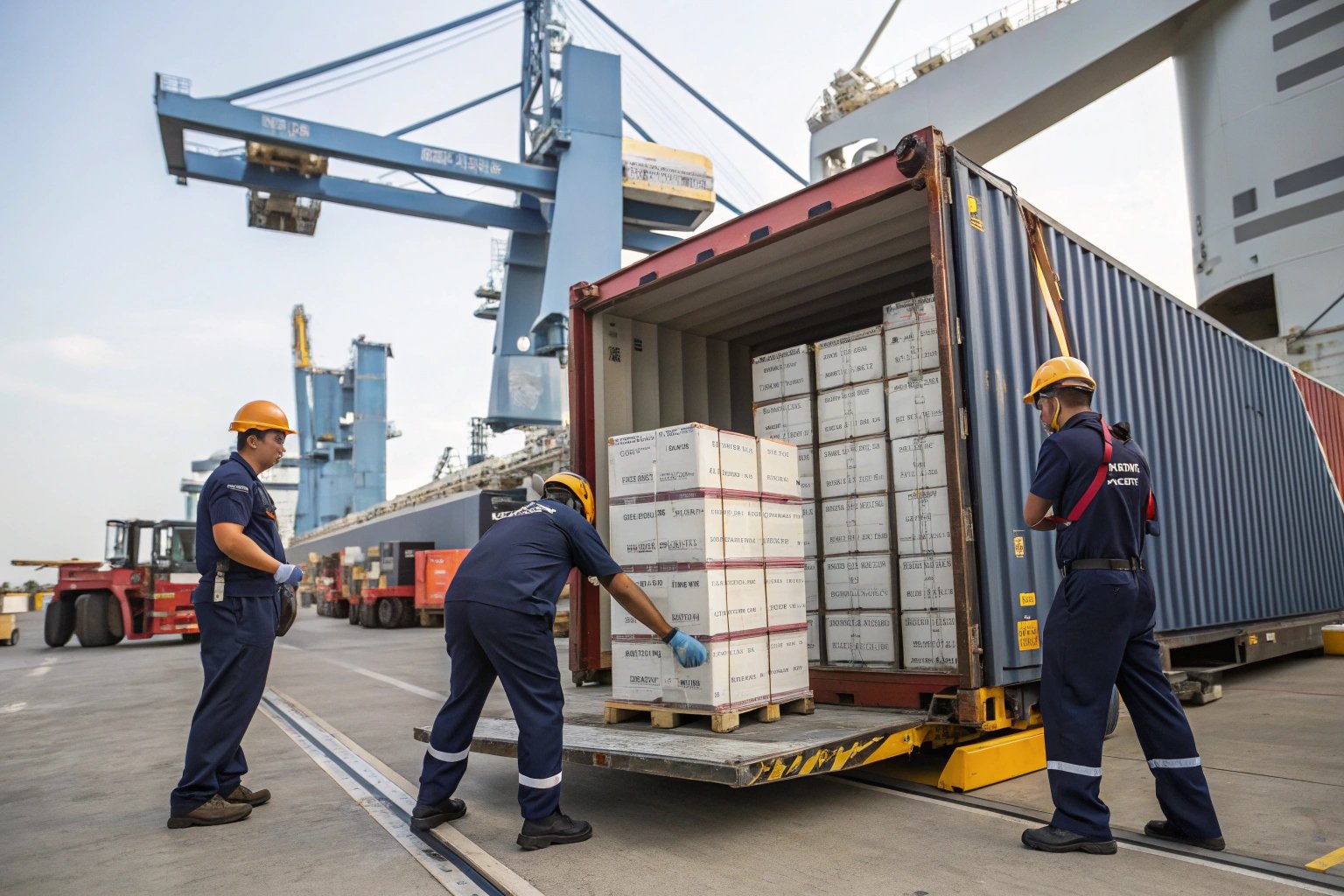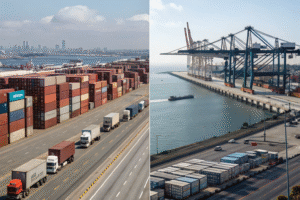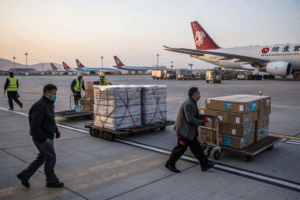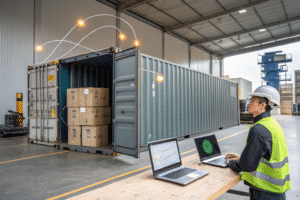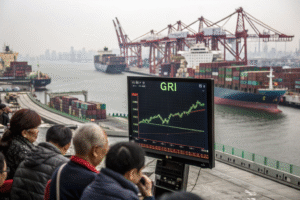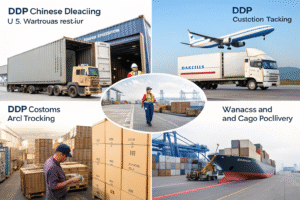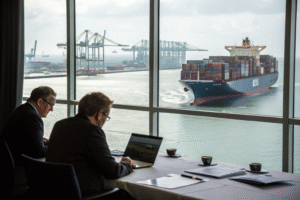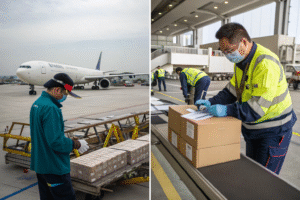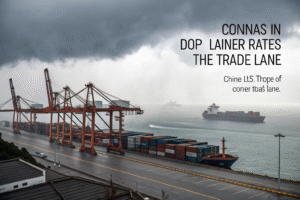When you’re shipping big — containers full of products, pallet stacks, or entire seasonal inventory — cost and time become even more critical. One wrong move, and your margins shrink fast.
Full Container Load (FCL) ocean freight is generally the most reliable and cost-efficient method for shipping large volumes of goods internationally. Rail freight and high-volume LCL can also work, depending on your location and urgency.
The key is to match volume with the right freight strategy. Here’s how to do it right.
FCL vs. LCL: Which is better for bulk shipping?
For high-volume shipments, your first decision is whether to book a full container (FCL) or share one (LCL). Your choice impacts transit time, damage risk, and pricing.
FCL is better for large-volume shipping because it gives you full control over the container, protects goods, and lowers per-unit freight cost. LCL is suitable only when your volume doesn’t fill a full container.

FCL vs. LCL comparison table
| Feature | FCL (Full Container Load) | LCL (Less than Container Load) |
|---|---|---|
| Control | Full container, only your goods | Shared with other shippers |
| Cost | Cheaper per unit (if full) | Higher per CBM |
| Risk | Lower damage risk | Higher — co-loaded with others |
| Transit Time | Faster, fewer delays | Longer — consolidation & deconsolidation needed |
| Best For | >15–20 CBM | <15 CBM |
We typically recommend FCL if you’re shipping:
- More than 12–14 pallets
- Over 15–20 CBMs
- Fragile or high-value goods requiring less handling
- Goods with tight timelines or strict packaging needs
One of our U.S. retail clients shifted from monthly LCL to bi-monthly FCL — saving 34% in shipping cost per unit and cutting damage claims in half.
Sea freight benefits for high-volume cargo
Air freight may be fast, but for large volumes it’s rarely feasible. Ocean freight remains the backbone of global bulk logistics — for good reason.
Sea freight is the best shipping method for large-volume goods due to lower per-unit costs, high weight capacity, and scalability with FCL containers.

Why sea freight wins for bulk shipments
| Benefit | Explanation |
|---|---|
| Lower cost per kg or CBM | Ocean freight rates are far cheaper than air for volume shipments |
| Flexible container sizes | Choose 20ft, 40ft, or 40HQ depending on cargo volume |
| Wide port access | Major global ports support FCL flows with steady schedules |
| Suited for all products | From furniture to electronics, fashion to packaging |
| DDP options available | Let forwarders handle customs, duties, and delivery for simplicity |
A standard 40HQ container holds:
- ~67–76 CBM of goods
- ~22–26 pallets (1.0 x 1.2 m)
- ~20,000–25,000 kg, depending on packaging
At GeeseCargo, we ship dozens of 40HQs weekly — and secure fixed-rate contracts for consistent pricing even during peak seasons.
When to consider rail freight for large shipments
If you’re shipping to or from Europe, sea isn’t your only option. China–Europe rail freight is gaining popularity for high-volume cargo needing faster-than-ocean delivery.
Rail freight is ideal for large shipments to Europe when you need faster transit than ocean but can’t justify the high cost of air freight.
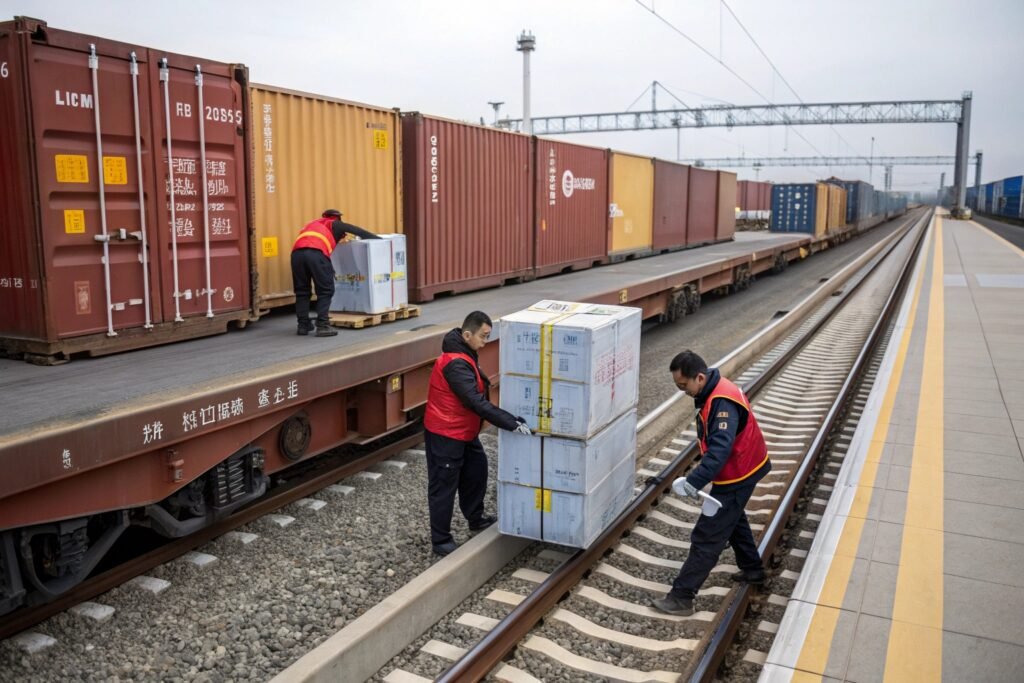
When is rail a good fit?
| Criteria | Fit for Rail Freight |
|---|---|
| Destination | Europe (Germany, Poland, France, Netherlands) |
| Shipment Size | 8–28 pallets (can book full rail container) |
| Transit Time | 16–22 days door-to-door |
| Product Type | Mid-value goods, fashion, machinery, electronics |
| Budget | 30–50% less than air, 30–50% more than sea |
Rail freight from China often departs from:
- Xi’an
- Chongqing
- Chengdu
- Zhengzhou
- Yiwu
It connects to Duisburg, Hamburg, Milan, and Warsaw — then trucks to final EU destinations.
We’ve used rail for European clients needing bulk delivery within 3 weeks — and cut lead times by over 40% compared to ocean, especially during port congestion.
Cost-efficiency tips for shipping large quantities
Big shipments = big potential savings. But only if you plan well. Poor timing, wrong Incoterms, or inefficient loading can erase your bulk advantage.
To maximize savings on large-volume shipping, consolidate wisely, optimize container usage, choose the right Incoterms, and work with a forwarder who secures rate contracts.
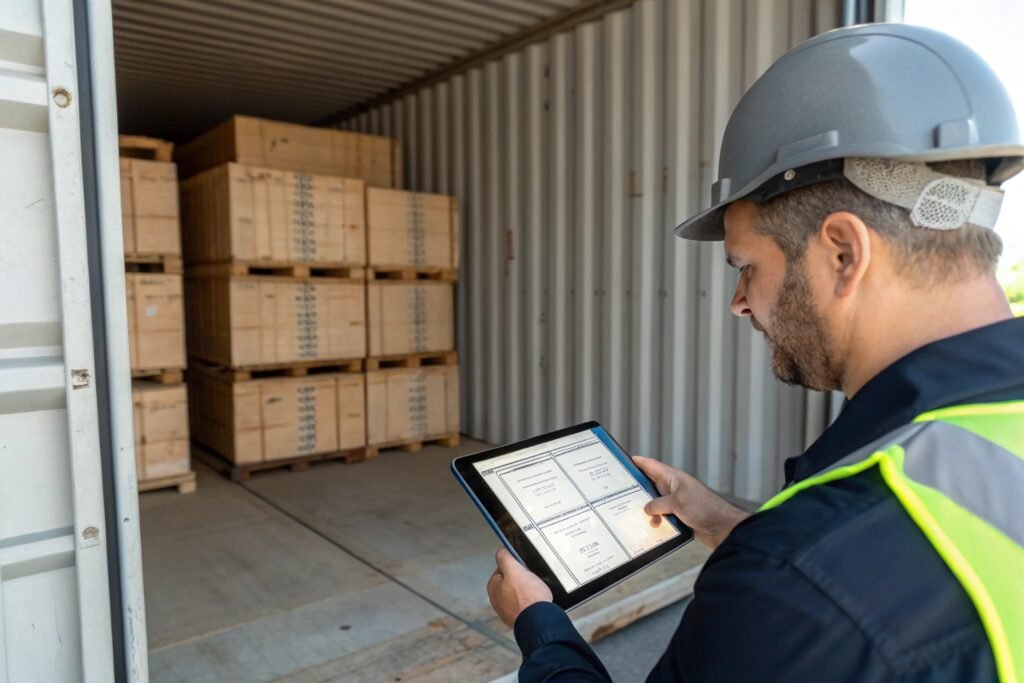
Key ways to save:
| Strategy | Benefit |
|---|---|
| Maximize container fill | Lowers cost per CBM — avoid wasted space |
| Use standard pallet sizes | Fits more, speeds up handling |
| Avoid peak season | Book off-season for better rates |
| Choose FOB or DDP over EXW | Lets forwarder control origin costs |
| Book FCL over frequent LCL | Cuts handling, reduces total cost |
| Pre-clear customs | Avoids port delays and demurrage fees |
Example:
A U.S. importer moved from 3 x LCL per month to 1 x 40HQ FCL every 4 weeks. They saved:
- ~$1,200/month in freight
- ~$300/month in port fees
- Improved delivery scheduling with fewer touchpoints
We also offer clients volume contract rates when they commit to multiple containers per month — locking in better deals across shipping lanes.
Conclusion
When shipping large volumes of goods, the right freight method isn’t just about transport — it’s about strategy. FCL ocean freight is the top choice for most bulk importers, with rail as a smart alternative to Europe. By working with a forwarder like GeeseCargo, you get optimized load planning, better rates, and smoother delivery — at scale.
